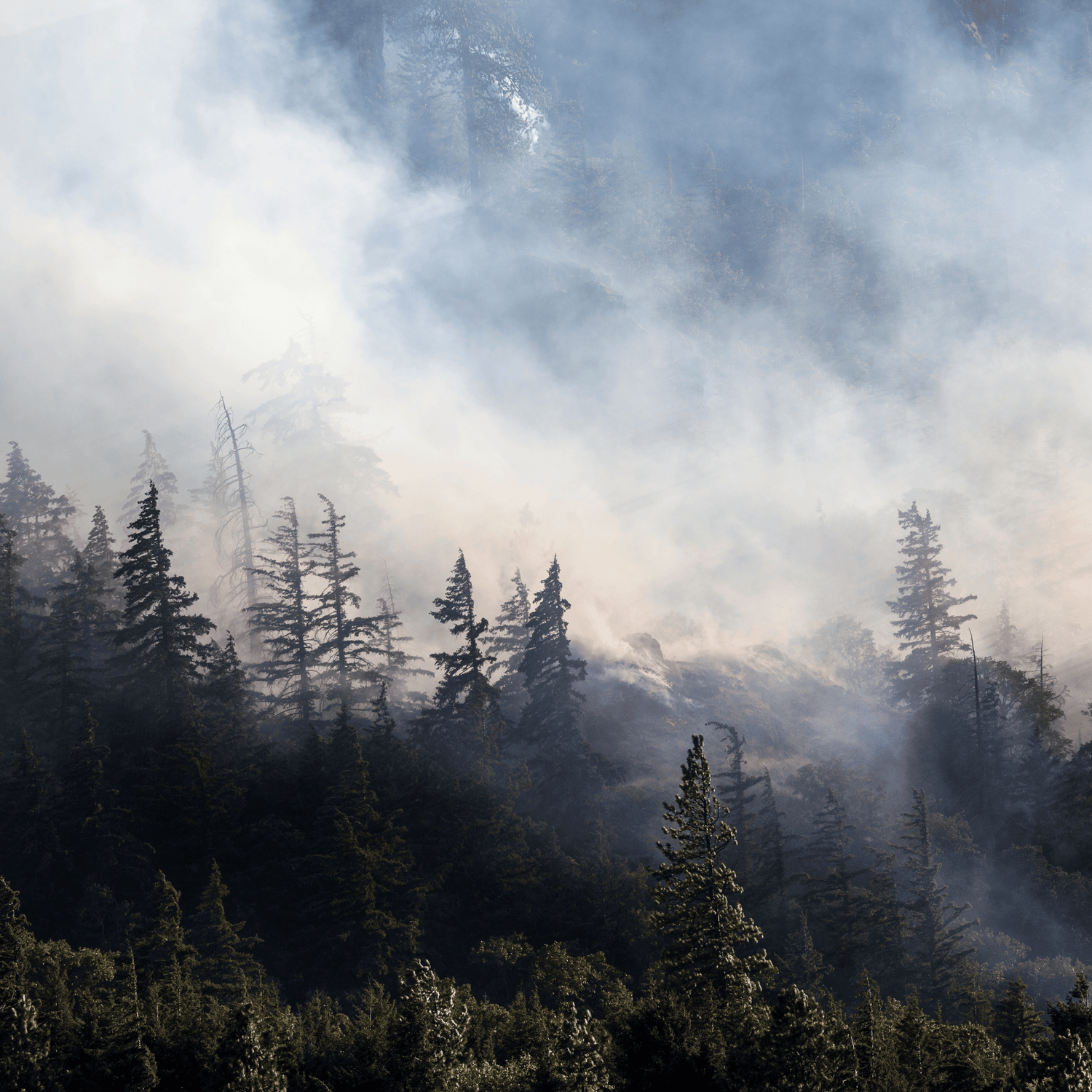
Natural Cleaning Products for Post-Wildfire Cleanup
Wildfires, like the most recent Smokehouse Creek Fire, are devastating natural events that can leave behind significant damage and debris. In the aftermath, homeowners face the daunting task of cleanup, which can be overwhelming and hazardous. However, using natural cleaning products can make this process safer and more environmentally friendly. In this article, we will explore the benefits of natural cleaning products and provide tips on how to effectively use them for post-wildfire cleanup.
Why Choose Natural Cleaning Products?
- Non-Toxic and Safe: After a wildfire, the air and surfaces in and around your home can be laden with toxic particles and chemicals. Using natural cleaning products ensures that you’re not adding more harmful substances to your environment, making it safer for you, your family, and your pets.
- Environmentally Friendly: Wildfires already cause extensive environmental damage. By choosing natural cleaning products, you help reduce the chemical load on the environment, contributing to its recovery.
- Effective Cleaning: Natural cleaning products can be just as effective as their chemical counterparts. Many natural products contain powerful ingredients like vinegar, baking soda, and essential oils that can tackle tough grime and odors.
Key Natural Cleaning Products for Post-Wildfire Cleanup
- White Vinegar:
- Uses: Excellent for deodorizing, disinfecting, and cutting through soot and grime.
- How to Use: Mix equal parts white vinegar and water in a spray bottle. Spray on affected surfaces and wipe clean with a cloth.
- Baking Soda:
- Uses: Perfect for scrubbing surfaces, absorbing odors, and removing stains.
- How to Use: Sprinkle baking soda on surfaces, let sit for a few minutes, then scrub with a damp sponge or cloth. For deodorizing, place bowls of baking soda around the house.
- Essential Oils:
- Uses: Provides pleasant fragrances, antibacterial properties, and can help mask lingering smoke odors.
- How to Use: Add a few drops of essential oils like lavender, tea tree, or eucalyptus to your cleaning solutions or diffuse them in the air.
- Castile Soap:
- Uses: A versatile soap that can be used for almost any cleaning task, from washing walls to mopping floors.
- How to Use: Dilute castile soap with water for a general-purpose cleaner or mix with baking soda for a tougher scrub.
- Hydrogen Peroxide:
- Uses: An effective disinfectant and stain remover.
- How to Use: Use a 3% hydrogen peroxide solution on non-porous surfaces to disinfect and clean. Be sure to test on an inconspicuous area first to avoid bleaching.
Steps for Effective Post-Wildfire Cleanup
- Assess the Damage:
- Before starting the cleanup, evaluate the extent of the damage. Identify areas that need immediate attention and those that might require professional help.
- Ventilate Your Home:
- Open windows and doors to allow fresh air to circulate. Use fans to help disperse smoke and bring in fresh air.
- Remove Soot and Debris:
- Wear protective gear like masks and gloves. Use a vacuum with a HEPA filter to remove loose soot and debris from surfaces.
- Clean Surfaces:
- Use a mixture of natural cleaning products to clean walls, floors, and furniture. For heavily soiled areas, you may need to repeat the cleaning process.
- Deodorize:
- Natural deodorizers like baking soda and vinegar can help neutralize smoke odors. You can also use essential oil diffusers to freshen the air.
- Launder Fabrics:
- Wash curtains, upholstery, and other fabrics that have absorbed smoke. Use natural laundry detergents and add a cup of vinegar to the rinse cycle for extra deodorizing power.
- Air Purification:
- Consider using air purifiers with HEPA filters to remove any lingering smoke particles from the air inside your home.
Cleaning up after a wildfire is a challenging task, but using natural cleaning products can make the process safer and more sustainable. By opting for non-toxic and environmentally friendly options, you not only protect your health but also contribute to the recovery of the environment. Remember to take your time, prioritize safety, and seek professional help if needed. With patience and the right tools, you can restore your home to a clean and healthy state.



Leave a comment